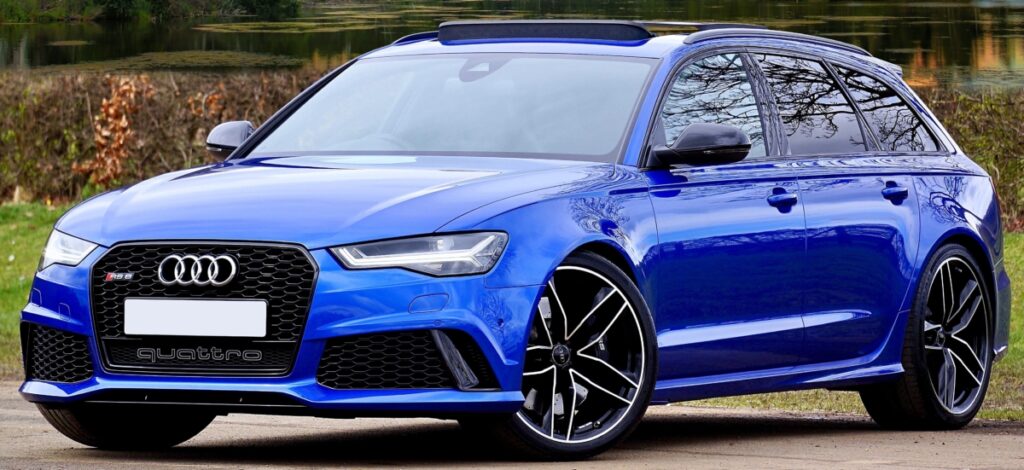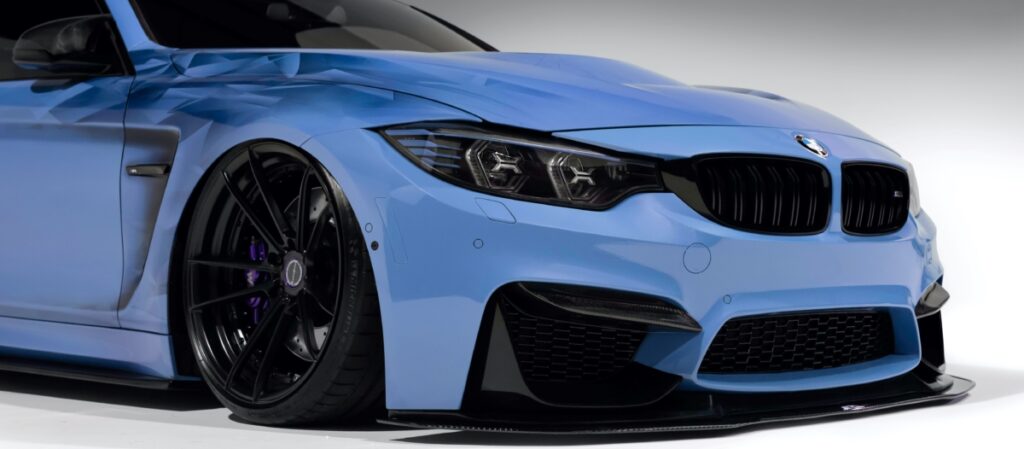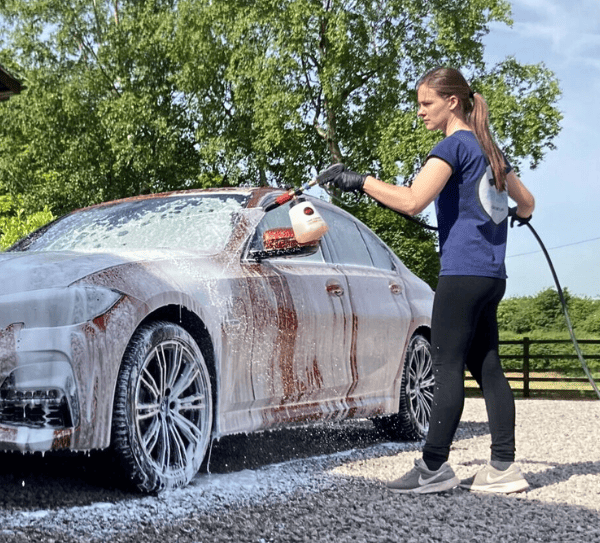Blue cars aren’t quite as popular as black, white and silver vehicles but blue is still one of the most popular color choices for the paintwork. If you’re considering going for blue paint on your next car, here’s everything you need to know about the pros and cons of this color option.
Pros and Cons of Blue Cars
The main advantages of owning a blue car are that they hide dust and dirt relatively well, and they have the ability to look very shiny when clean. However, blue paint tends to highlight scratches and swirl marks and color matching is more challenging for rarer shades of blue in the event of a respray.
| Advantages | Disadvantages |
| Blue cars hide dust and dirt relatively well | Blue paint highlights scratches and swirl marks |
| Blue cars have an average resale value | Color matching can be tricky for rarer shades |
| Blue paint can look very glossy and shiny | Blue cars can be harder for other drivers to see |
Still considering other car colors? Check out these articles too:

Pro: Blue Cars Hide Dust and Dirt Quite Well
Most blue cars tend to hide both dust and dirt quite well in comparison to other popular color choices. Compared to black for example, blue cars don’t tend to highlight dust as much since they are slightly lighter. And, compared to very light colors which highlight mud splatters more easily, blue tends to be more forgiving.
It’s still necessary to wash the car frequently and apply some paint protection in the form of a wax, sealant or coating, but if you don’t get chance to wash your car for a little while, blue paint won’t highlight it quite as much.
The shade of blue does also make a different here though. Lighter blues tend to highlight dirt and mud but hide dust more than darker blues where the opposite is true.
Pro: Blue Cars Have an Average Resale Value
Blue is a slightly more exotic color than white, silver and black but it’s not quite as “out there” as colors like yellow, green and purple. Hence, the resale value of blue cars tends to be quite average.
It’s worth noting that some blues do better than others though. On sports cars and hatchbacks, blue is quite a desirable color, particularly if the factory charges a premium for it when purchased new. However, on saloons and SUV’s, more subtle colors such as black and white tend to command a slightly higher price on the used car market.
Pro: Blue Cars Can Look Very Glossy
One of the best things about a blue car is that they can look incredibly shiny. This goes for pretty much every shade of blue, but it’s particularly noticeable on a darker car. Blue cars can look really glossy as long as the paint is in good condition and they are much more rewarding and eye catching compared to lighter colors such as silver and white which struggle to get a shine.
So, if you look after your car and keep it clean, blue is a good choice if you want to turn heads when you’re driving around.

Con: Blue Cars Highlight Scratches and Swirl Marks
One of the disadvantages of blue cars is that they tend to show scratches and swirl marks quite easily. This goes for deeper marks such as stone chips, dents and scratches and fine clear coat scratches which occur when washing the car.
Clear coat scratches are very visible in direct sunlight and often look like spider webs. However, even in duller conditions, they still make the paintwork look less shiny overall.
It’s possible to prevent this kind of damage by using proper wash technique. Check out my complete guide to cleaning a car without causing scratches and swirls to learn more.
The darker the blue, the more likely you are to spot these swirl marks on a sunny day, but even lighter shades will suffer from them. So if you plan on taking your car to automatic and roadside car washes which often cause this kind of paint damage, then blue may not be the best color choice.
Con: Blue Paint is Moderately Prone to Fading
Blue cars are not quite as prone to fading as red cars, but they still will fade over time if they are not properly protected using a wax, sealant or coating, or parked indoors or in the shade. Since blue is a relatively dark color, the fading process will be more evident compared to lighter colors such as silver and white.
However, if you look after your car then don’t worry about this. Modern car paint takes a while to fade so if you are purchasing a brand new car then you won’t really need to be concerned. However, if you are purchasing an old vehicle that has not been well looked after then it’s something worth considering.
Con: Color Matching Can be Difficult
There are tonnes of different shades of blue which makes the color matching process difficult if you need to get a panel resprayed because it has a scrape.
If you’re purchasing a new car from a popular brand, this isn’t something to worry about. However, if the car is no longer in production and the paint is no longer used, then color matching can be a more tricky process in the event of a respray.
Con: Dark Blue Cars are Harder for Other Drivers to See
According to citywidelaw.com blue cars are not involved in accidents as much as black cars, but still have a 7% higher risk of being involved in an accident compared to the safest car color which is white.
The theory behind this is that blue cars are more difficult to see because they are darker in color. Hence, why black cars are often highlighted as being the most likely to be involved in an accident.
Hence, the darker the blue, the more “risky” the color is. However, it’s worth noting that this does not have an impact on insurance premiums as firms in the USA do not use color as a calculation factor.
Here are some more articles you might find useful:

